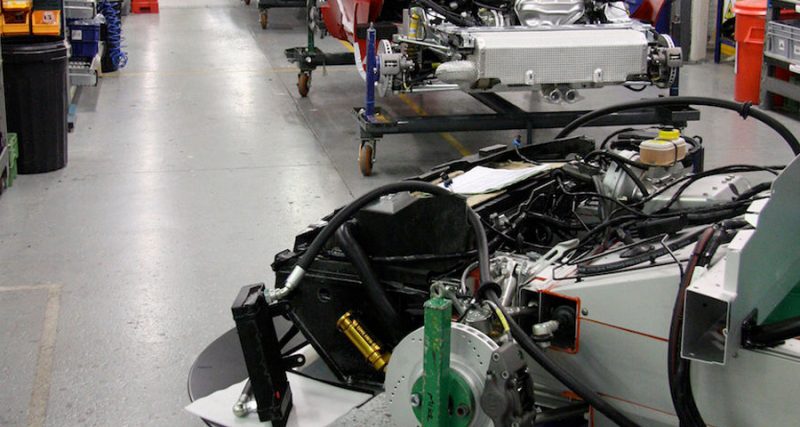If you want to deliver consistently great service and a sustainably great customer experience, your leadership focus needs to be different from what’s required to maintain production capacity in manufacturing.
This is because your organization’s ability to provide service is overwhelmingly affected by how engaged—how professionally ‘‘alive’’—the employees are who come in contact with customers. Employee engagement, in turn, is propelled by organizational leadership.
Production in manufacturing vs. “producing” a great customer service experience
On an assembly line, there are traditionally two measures. One measure may be termed ‘‘theoretical capacity,’’ the theoretical maximum output of that assembly line during a shift: for example, 100 units. The other counter can be called ‘‘forecasted actual production,’’ and also start at an optimistic 100, since nothing generally goes wrong on an assembly linebefore the start of the production day. (Note: This is an admittedly simplified illustration in several respects.)
As the day goes on, the units come through the assembly line, until suddenly one unit arrives with a component that won’t fit right. This marks the first drop, or ‘‘discount,’’ in the ‘‘forecasted actual production’’ number. Ultimately, this second count settles some notches below the ideal 100 by the end of the shift.

By contrast, let’s look at the beginning of the shift in a service-focused department. The employees are just showing up. They haven’t seen a customer yet. The first employee to arrive is Aviva. On the way back from work yesterday, she had a little car accident. Nothing serious: a little scratch on the door and fender. Unfortunately, this is the new car that she had just picked up on Saturday. Is Aviva upset? Oh, yeah—she’s really upset.
The second employee to show up is Mark. How’s Mark doing? Well, he just found out that a bill he had overlooked for a couple months is now affecting his ability to buy a house. That stupid $20 medical bill went into collections without him knowing it, and now his credit rating is going to be affected: He’s going to be paying $70 to $80 more a month on a thirty-year mortgage. Is he thrown off his game? You’d better believe it.
Do you think that these things don’t happen to your employees? They happen all the time—and they downgrade your company’s service production capability. Remember: Aviva and Mark haven’t seen a customer yet. They haven’t interacted with another employee. They haven’t opened their paychecks to learn that someone in accounting forgot to enter their overtime. But already you’re starting with a hobbled organization—in contrast to manufacturing, where production only begins its downward drift once the day has begun.
This is one of the reasons that leadership, starting at the top and spreading throughout the managerial ranks, is so crucial in a service organization. Constant reconnection with workers, as well as constant reconnection of workers with the organization, is your greatest tool. The goal? Having people get to work and think, ‘‘You know what? Maybe if I didn’t have to go to work at all it would be better, but since I do have to work, I like this place. It’s healthy, clean, supportive, and engaging. So I’m going to give it my attention, performance, commitment, loyalty, and effort.’’ Reaching for this state is a central function of a leader in a customer focused organization.





Leave A Comment